Colonial Vestige
입력 2019.03.11 (15:13)
수정 2019.03.11 (15:21)
읽어주기 기능은 크롬기반의
브라우저에서만 사용하실 수 있습니다.
[Anchor Lead]
Jongmyo, the royal shrine from the Joseon Dynasty, is on the UNESCO list of World Heritage Sites. KBS has found that the era name of a Japanese emperor was inscribed on the walls of Jongmyo. They are traces left during Japan's occupation of the Korean Peninsula. But the Cultural Heritage Administration has not taken any action, despite its knowledge of the colonial vestiges.
[Pkg]
Jongmyo is a royal shrine dedicated to the performance of ancestral rites for the deceased kings of the Joseon Dynasty. Jongmyo's main building Jeongjeon, which is the world's largest wooden structure, was considered more sacred than the palace since this was where the king officiated ancestral rituals. A phrase written in Chinese characters is seen at the bottom of a wall right next to the main entrance of Jongmyo. "Reconstructed in March, Showa 8" This means that the wall was rebuilt in March, 1933. Showa is the name of the dynastic era of then Japanese Emperor Hirohito. The same phrase is easily found at other parts along the wall. It was a Japanese person who informed a Korean civic group of the vestiges of Japanese colonialization.
[Soundbite] Baek Seung-ho(Civic Group for Protecting Cultural Assets) : "I felt ashamed, since we were informed of the colonial traces by a Japanese person and we didn't find them on our own."
The Japanese era name was found at nine sites around the royal shrine. The Cultural Heritage Administration said that to its knowledge, colonial traces were found at seven sites throughout Jongmyo. The agency explained that it has taken no action to correct them, since they are neither praise for Japan nor belittlement of Joseon but simple records of repairs. But Jongmyo is on the UNESCO list of World Heritage Sites as a symbol of the Joseon royal family.
[Soundbite] Prof. Hong Soon-min(Myongji University) : "Information boards would be necessary to explain why Japan repaired the walls of Jongmyo during the colonial occupation."
Following KBS' report, the Cultural Heritage Administration has announced plans to conduct an on-site inspection and set up information boards.
Jongmyo, the royal shrine from the Joseon Dynasty, is on the UNESCO list of World Heritage Sites. KBS has found that the era name of a Japanese emperor was inscribed on the walls of Jongmyo. They are traces left during Japan's occupation of the Korean Peninsula. But the Cultural Heritage Administration has not taken any action, despite its knowledge of the colonial vestiges.
[Pkg]
Jongmyo is a royal shrine dedicated to the performance of ancestral rites for the deceased kings of the Joseon Dynasty. Jongmyo's main building Jeongjeon, which is the world's largest wooden structure, was considered more sacred than the palace since this was where the king officiated ancestral rituals. A phrase written in Chinese characters is seen at the bottom of a wall right next to the main entrance of Jongmyo. "Reconstructed in March, Showa 8" This means that the wall was rebuilt in March, 1933. Showa is the name of the dynastic era of then Japanese Emperor Hirohito. The same phrase is easily found at other parts along the wall. It was a Japanese person who informed a Korean civic group of the vestiges of Japanese colonialization.
[Soundbite] Baek Seung-ho(Civic Group for Protecting Cultural Assets) : "I felt ashamed, since we were informed of the colonial traces by a Japanese person and we didn't find them on our own."
The Japanese era name was found at nine sites around the royal shrine. The Cultural Heritage Administration said that to its knowledge, colonial traces were found at seven sites throughout Jongmyo. The agency explained that it has taken no action to correct them, since they are neither praise for Japan nor belittlement of Joseon but simple records of repairs. But Jongmyo is on the UNESCO list of World Heritage Sites as a symbol of the Joseon royal family.
[Soundbite] Prof. Hong Soon-min(Myongji University) : "Information boards would be necessary to explain why Japan repaired the walls of Jongmyo during the colonial occupation."
Following KBS' report, the Cultural Heritage Administration has announced plans to conduct an on-site inspection and set up information boards.
■ 제보하기
▷ 카카오톡 : 'KBS제보' 검색, 채널 추가
▷ 전화 : 02-781-1234, 4444
▷ 이메일 : kbs1234@kbs.co.kr
▷ 유튜브, 네이버, 카카오에서도 KBS뉴스를 구독해주세요!
- Colonial Vestige
-
- 입력 2019-03-11 15:15:52
- 수정2019-03-11 15:21:16
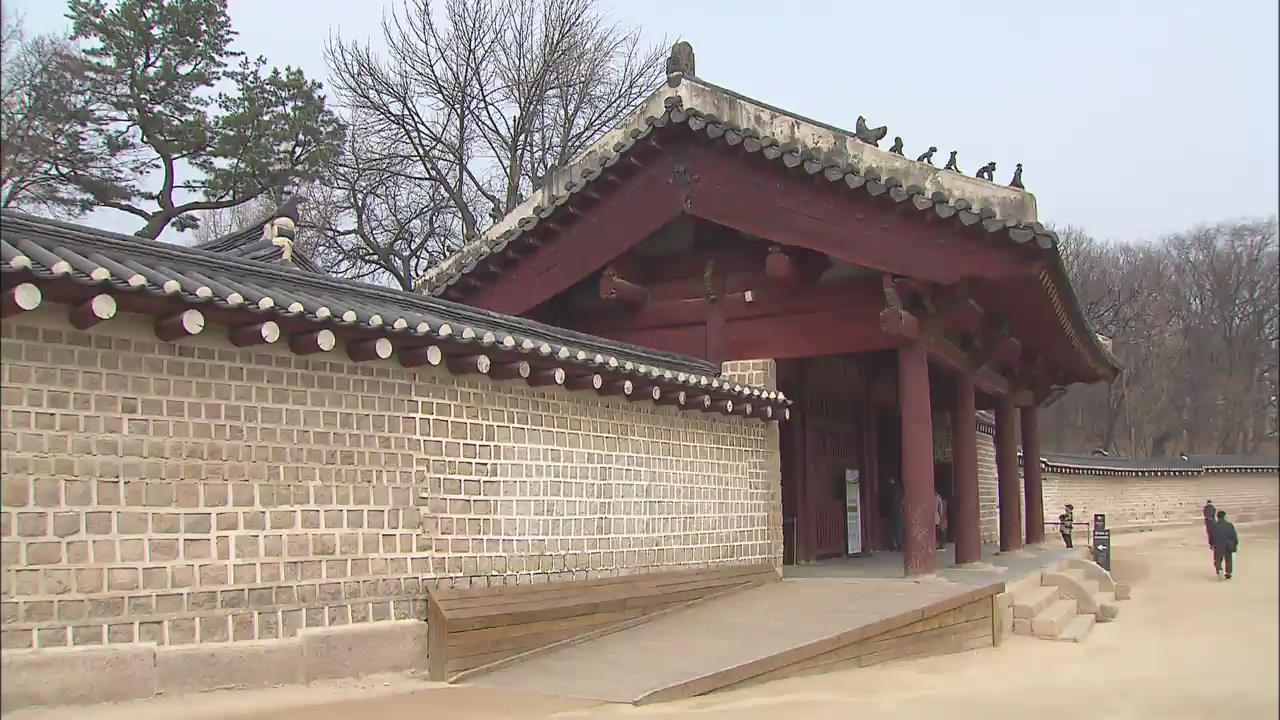
[Anchor Lead]
Jongmyo, the royal shrine from the Joseon Dynasty, is on the UNESCO list of World Heritage Sites. KBS has found that the era name of a Japanese emperor was inscribed on the walls of Jongmyo. They are traces left during Japan's occupation of the Korean Peninsula. But the Cultural Heritage Administration has not taken any action, despite its knowledge of the colonial vestiges.
[Pkg]
Jongmyo is a royal shrine dedicated to the performance of ancestral rites for the deceased kings of the Joseon Dynasty. Jongmyo's main building Jeongjeon, which is the world's largest wooden structure, was considered more sacred than the palace since this was where the king officiated ancestral rituals. A phrase written in Chinese characters is seen at the bottom of a wall right next to the main entrance of Jongmyo. "Reconstructed in March, Showa 8" This means that the wall was rebuilt in March, 1933. Showa is the name of the dynastic era of then Japanese Emperor Hirohito. The same phrase is easily found at other parts along the wall. It was a Japanese person who informed a Korean civic group of the vestiges of Japanese colonialization.
[Soundbite] Baek Seung-ho(Civic Group for Protecting Cultural Assets) : "I felt ashamed, since we were informed of the colonial traces by a Japanese person and we didn't find them on our own."
The Japanese era name was found at nine sites around the royal shrine. The Cultural Heritage Administration said that to its knowledge, colonial traces were found at seven sites throughout Jongmyo. The agency explained that it has taken no action to correct them, since they are neither praise for Japan nor belittlement of Joseon but simple records of repairs. But Jongmyo is on the UNESCO list of World Heritage Sites as a symbol of the Joseon royal family.
[Soundbite] Prof. Hong Soon-min(Myongji University) : "Information boards would be necessary to explain why Japan repaired the walls of Jongmyo during the colonial occupation."
Following KBS' report, the Cultural Heritage Administration has announced plans to conduct an on-site inspection and set up information boards.
Jongmyo, the royal shrine from the Joseon Dynasty, is on the UNESCO list of World Heritage Sites. KBS has found that the era name of a Japanese emperor was inscribed on the walls of Jongmyo. They are traces left during Japan's occupation of the Korean Peninsula. But the Cultural Heritage Administration has not taken any action, despite its knowledge of the colonial vestiges.
[Pkg]
Jongmyo is a royal shrine dedicated to the performance of ancestral rites for the deceased kings of the Joseon Dynasty. Jongmyo's main building Jeongjeon, which is the world's largest wooden structure, was considered more sacred than the palace since this was where the king officiated ancestral rituals. A phrase written in Chinese characters is seen at the bottom of a wall right next to the main entrance of Jongmyo. "Reconstructed in March, Showa 8" This means that the wall was rebuilt in March, 1933. Showa is the name of the dynastic era of then Japanese Emperor Hirohito. The same phrase is easily found at other parts along the wall. It was a Japanese person who informed a Korean civic group of the vestiges of Japanese colonialization.
[Soundbite] Baek Seung-ho(Civic Group for Protecting Cultural Assets) : "I felt ashamed, since we were informed of the colonial traces by a Japanese person and we didn't find them on our own."
The Japanese era name was found at nine sites around the royal shrine. The Cultural Heritage Administration said that to its knowledge, colonial traces were found at seven sites throughout Jongmyo. The agency explained that it has taken no action to correct them, since they are neither praise for Japan nor belittlement of Joseon but simple records of repairs. But Jongmyo is on the UNESCO list of World Heritage Sites as a symbol of the Joseon royal family.
[Soundbite] Prof. Hong Soon-min(Myongji University) : "Information boards would be necessary to explain why Japan repaired the walls of Jongmyo during the colonial occupation."
Following KBS' report, the Cultural Heritage Administration has announced plans to conduct an on-site inspection and set up information boards.
이 기사가 좋으셨다면
-
좋아요
0
-
응원해요
0
-
후속 원해요
0










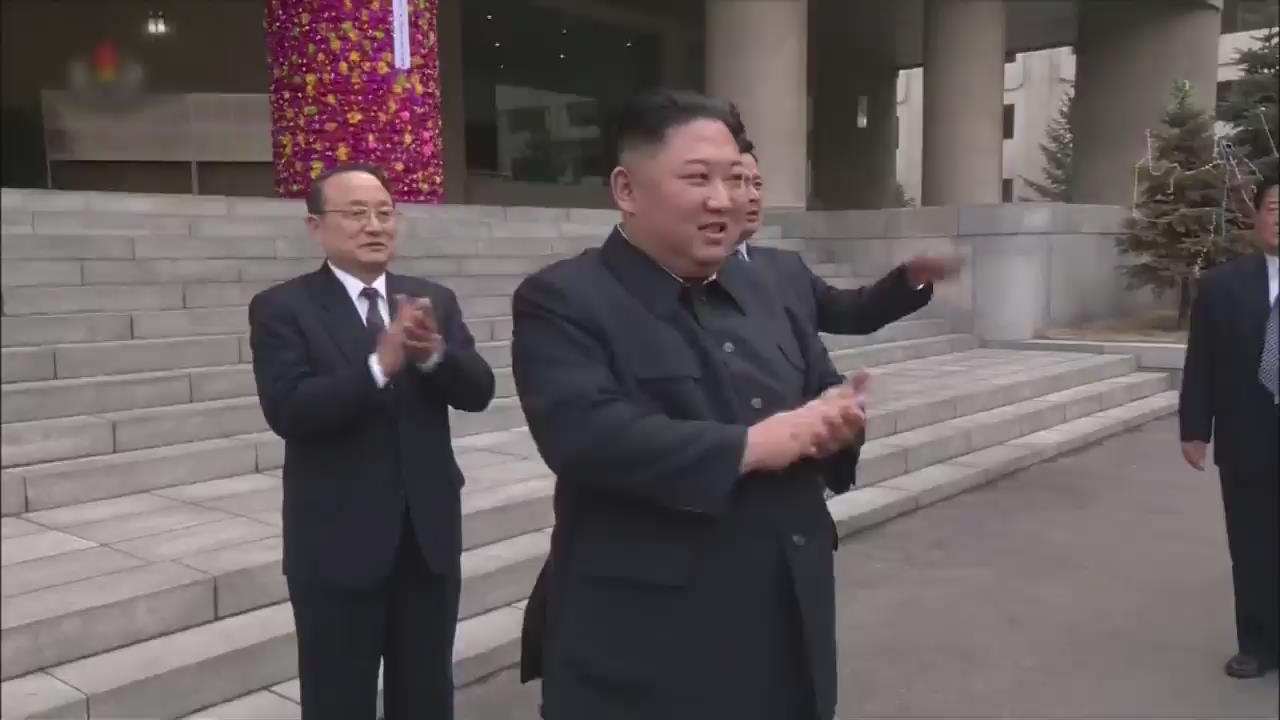
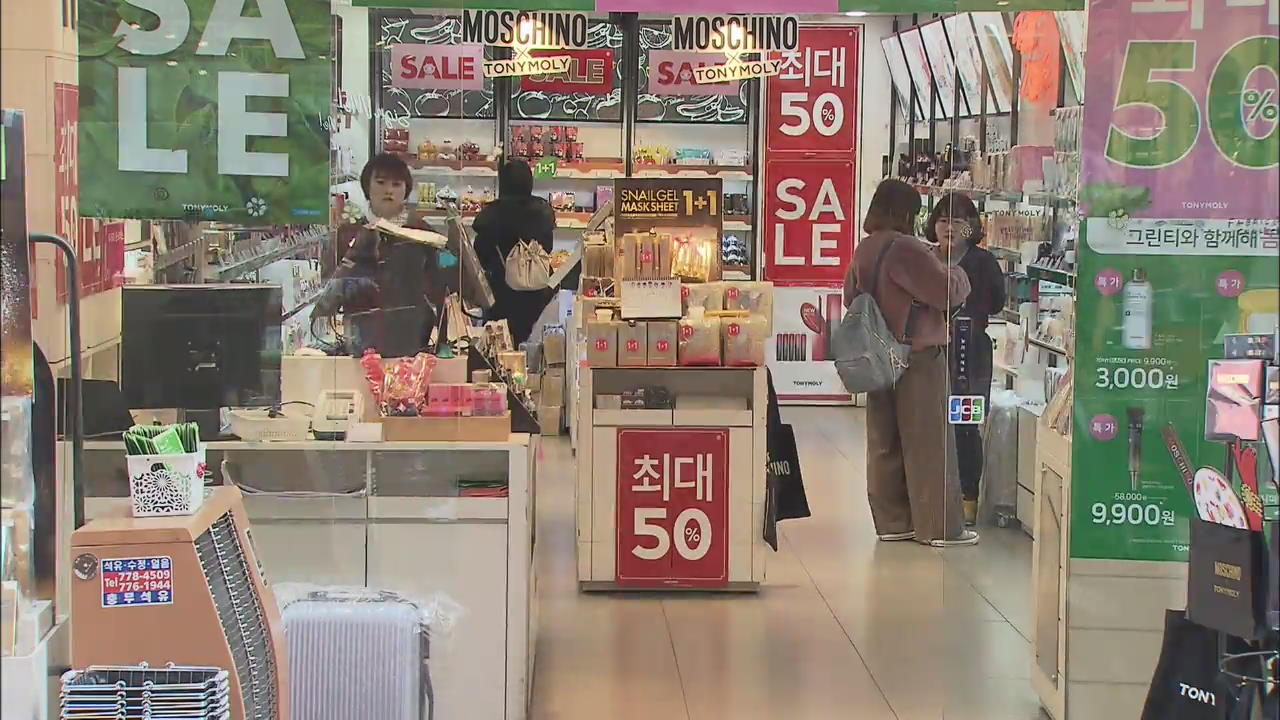

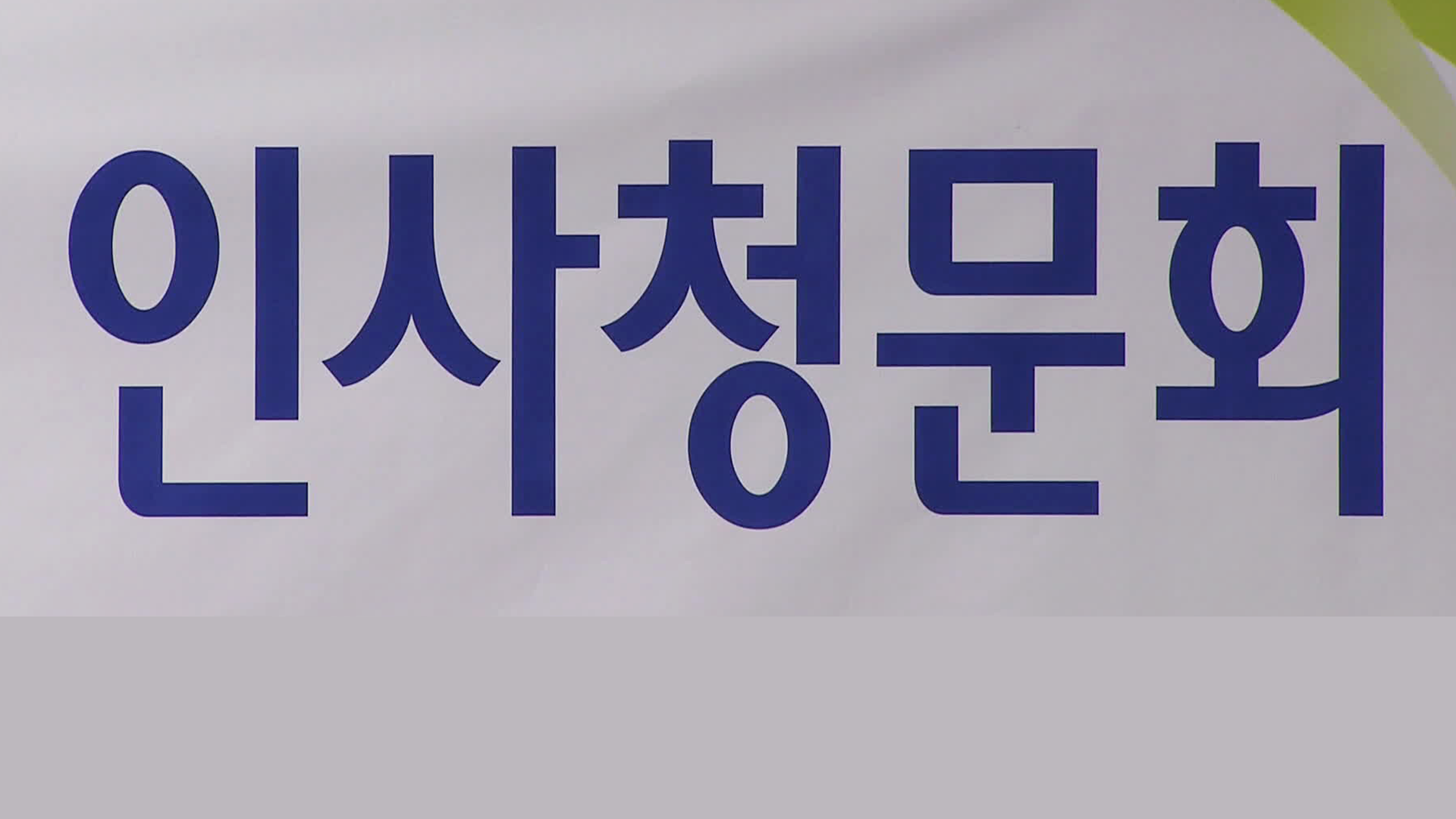
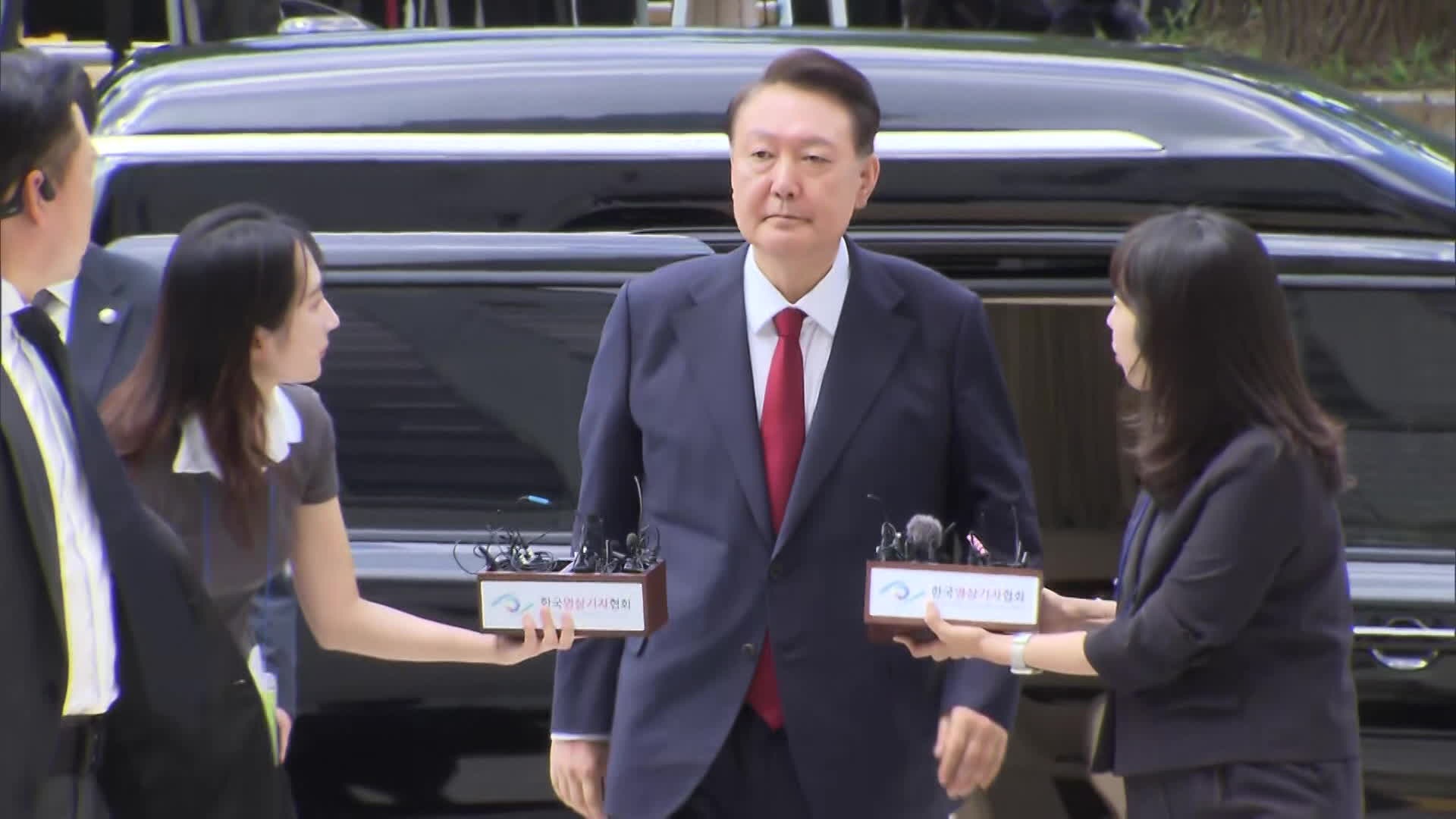
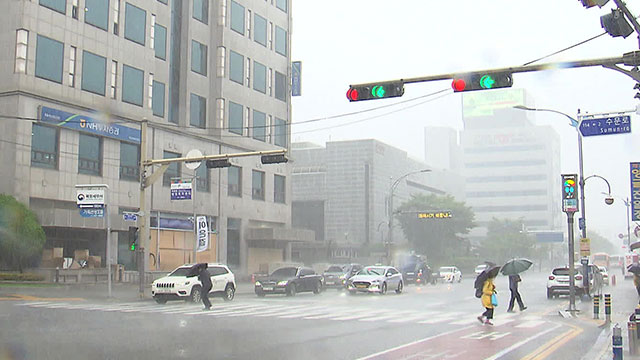

이 기사에 대한 의견을 남겨주세요.